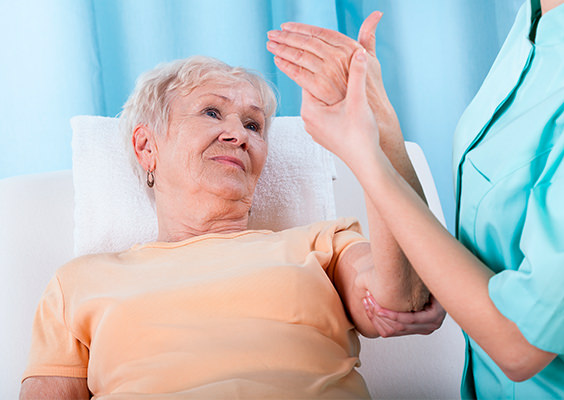Big Pharma employs a lot of very serious spin-doctors. I’ll give you a good example.
Bisphosphonates For Osteoporosis?
A new study just came out on bisphosphonate drugs. These are the most commonly prescribed drugs for osteoporosis. They’re worth about $8.5 billion per year to the drug companies.

But this new study says that one-third of the women taking these drugs are still at high risk for fractures.
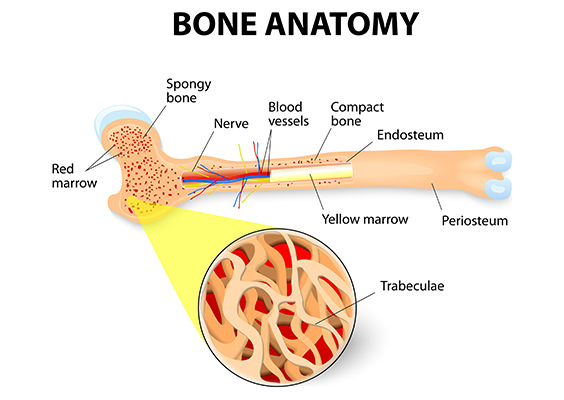
Now here’s what you have to understand. The study was done by a subsidiary of Merck & Co. They make Fosamax, one of the biggest bone drugs. So instead of saying the drugs don’t work for more than 30% of women, they said the women who didn’t get good results were at fault.
The researchers suggested the women were probably taking other drugs… smoking… not exercising… not using their canes or walkers… or not taking their calcium (which doesn’t build stronger bones anyway).
Women At Fault For Broken Bones
In other words, they blamed the victims for their broken bones.
What Are Bisphosphonate Drugs And The Side Effects?
And they never mentioned these drugs have horrible side effects. Drugs like Fosamax, Boniva, Actonel and Reclast are the perfect way to create brittle, crumbling bones. Taking them poisons your bones.
How Do Bisphosphonates Work?
Your bones have cells called osteoclasts. Their job is to remove old bone tissue. This makes room for other cells called osteoblasts to build new bone.
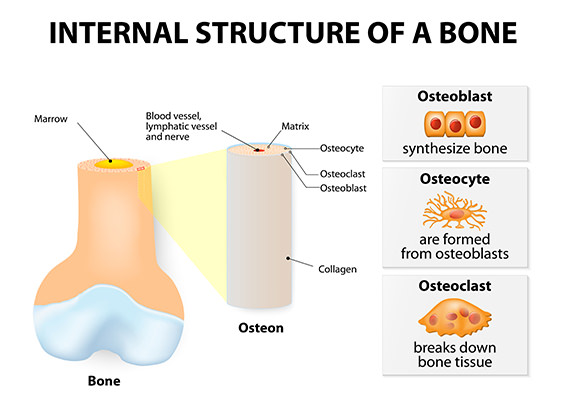
With osteoporosis, there is an imbalance. Either your osteoclasts are removing too much bone tissue or your osteoblasts aren’t making new cells fast enough.
So drug companies came up with a way to poison osteoclasts. They cut off their blood supply. The cells stop removing the old tissue. Your bones get denser but they’re really building up old tissue. After a while, the old bone tissue
becomes brittle and fragile, like glass. It’s not as strong as the newer bone that would have formed without the drugs.In fact, these drugs cause bone breaks in strange places where your bones should never break, like the jaw. One report in the New England Journal of Medicine looked at women taking bisphosphonates. Of those who had a fracture while on the drug, over 65% had a very rare fracture in the middle of their thigh.1
And a study from Finland found that you are over 90 times more likely to have a rare bone break if you take bone drugs than if you don’t.2
Increase Bone Strength Naturally
I’ve helped thousands of patients increase their bone strength naturally. Here’s how:
1. Soak Up Some Sun. Your body uses vitamin D to make osteoclast and osteoblast cells. Too little vitamin D can lead to thin, brittle bones.

The best source of vitamin D is the sun. As little as 10 minutes in the midday sun WITHOUT sunscreen can give you 10,000 IU of vitamin D. But you need to make sure you expose parts of your body that don’t usually see the sun to reap its bone-building benefits.
Good food sources include salmon, mackerel, tuna, sardines, pastured eggs, and grass-fed beef, liver and dairy. I also recommend vitamin D supplements. But make sure you take the bioactive D3 form. Get 5,000 IU a day.
2. Get This Little-Known Vitamin. Vitamin K2 regulates calcium and directs it into your bones. Harvard researchers following over 72,000 women found those with the lowest intake of vitamin K had a 30% higher risk of hip fracture.3
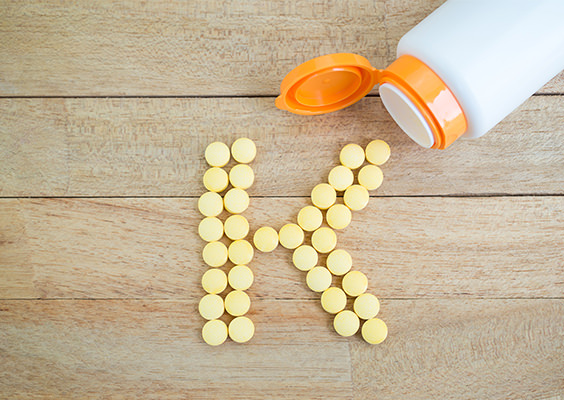
Vitamin K2 supplements come in several different forms called menaquinones (MK). Look for a supplement with MK-4 and MK-7. And it’s fat-soluble, so take K2 with a meal to improve absorption. I recommend 45 to 90 mcg per day.
3. Boost Your Bone Minerals. Just 55 mcg a day of selenium can help reduce the risk of osteoporosis by up to 15%. You can get selenium from Brazil nuts, red meat, tuna, eggs and walnuts.
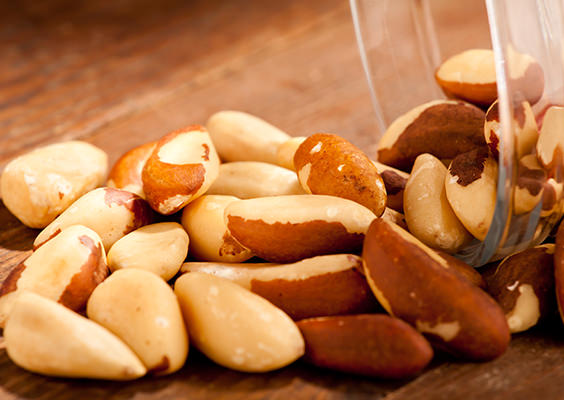
Boron keeps bones from losing calcium and magnesium. The best way to get it from food is by eating nuts, plums, prunes, red grapes, raisins, apples, pears and avocados.
4. Stress your bones. Weight-bearing exercises like walking, Pilates or calisthenics all improve the strength of your bones and help prevent fractures.
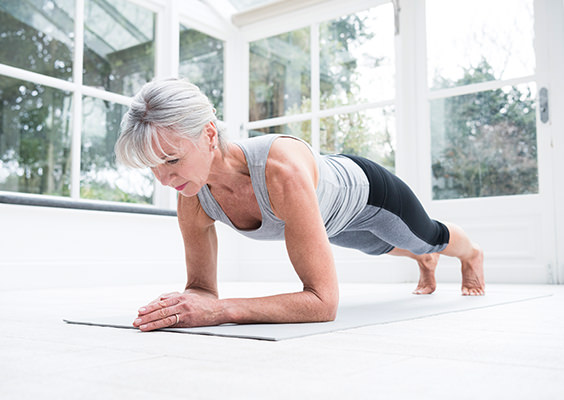
My PACE anti-aging exercise program is a great way to challenge your bones. If you want to learn some good PACE exercises, go to my YouTube channel. I have more than 30 different exercises and a complete workout to help you get started.
To Your Good Health,
![]()
Al Sears, MD, CNS
1. Lenart B, Lorich D, Lane J, et. al. “Atypical Fractures Of The Femoral Diaphysis in Postmenopausal Women Taking Alendronate.” NEJM 2008;358(12):1304-6
2. Tamminen I, Yli-Kyyny T, Isaksson H, Turunen M, Tong X, Jurvelin J, Kröger H. “Incidence And Bone Biopsy Findings of Atypical Femoral Fractures.” J Bone Miner Metab. 2013;31(5):585-94.
3. Diane Feskanich et al. “Vitamin K intake and hip fractures in women: a prospective study.” Am J Clin Nutr 1999 vol. 69 no. 1 74-79.

